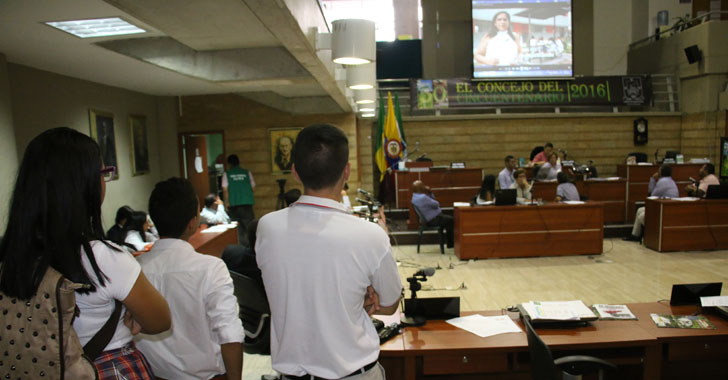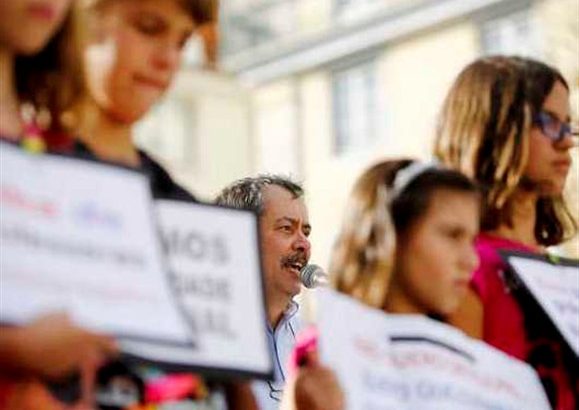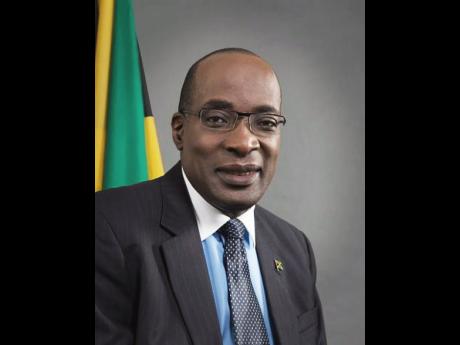África/Nigeria/Julio del 2016/Noticias/http://allafrica.com/
Gobierno que permite a las niñas a usar velo en las escuelas públicas en el Estado de Lagos
Musulmanes nigerianos han acogido un fallo judicial que permite a las niñas a usar velo en las escuelas públicas en el estado de Lagos, saludando la decisión como una victoria para el estado de derecho.
El grupo de derechos se refieren musulmanes (MURIC) dijo que la decisión del Tribunal de Apelación, que anuló un año de duración prohibición que impide a las niñas de usar la prenda, tenía «esperanza restaurado en el poder judicial».
«El hecho de que la sentencia fue unánime y sólo dos de los cinco jueces son musulmanes deja un sello de la firma de la autoridad sobre la legalidad del uso del hiyab no sólo por los estudiantes musulmanas sino también por todas las mujeres musulmanas en el país», dijo MURIC
Alhaji Abubakar, el presidente-general del Consejo Supremo de Nigeria de Asuntos Islámicos, también aplaudió la decisión.
«Los musulmanes no están obligando a nadie a usar el hijab (velo) … pero el que quiere usar el hiyab se debe permitir el uso del hijab,» sitio de Nigeria Abubakar el sábado.
Nigeria tiene una mezcla de cristianos y musulmanes, más o menos igual y más de 200 grupos étnicos conviven en el país de África Occidental.
Aunque por lo general pacífica, Nigeria se ha visto brotes periódicos de violencia desde el grupo armado Boko Haram lanzó una campaña en el noreste del país.
Fuente: http://www.bbc.com/news/world-africa-36865257
Fuente imagen : http://ichef-1.bbci.co.uk/news/660/cpsprodpb/9374/production/_90484773_gettyimages-472758820.jpg
Nigerian Muslims have welcomed a court ruling allowing girls to wear headscarves in government schools in Lagos state, hailing the decision as a victory for the rule of law.
The Muslim Rights Concern group (MURIC) said the Court of Appeal’s decision, which overturned a years-long ban preventing girls from wearing the garment, had «restored hope in the judiciary».
«The fact that the judgment was unanimous and only two of the five judges are Muslims leaves a firm stamp of authority on the legality of the use of hijab not only by female Muslim students but also by all Muslim women in the country,» MURIC said.
RELATED: Meet Hijarbie, the popular doll wearing Muslim fashion
Alhaji Abubakar, the president-general of the Nigerian Supreme Council for Islamic Affairs, also applauded the decision.
«Muslims are not forcing any one to use the hijab (headscarf)… but whoever wants to use hijab must be allowed to use hijab,» Nigerian website Today quoted Abubakar as saying on Saturday.
Nigeria has a roughly equal Christian-Muslim mix and more than 200 ethnic groups live side by side in the West African country.
Though generally peaceful, Nigeria has seen periodic bouts of violence since armed group Boko Haram launched a campaign in the northeast of the country.
fuente: http://allafrica.com/stories/201607240002.html













 Users Today : 209
Users Today : 209 Total Users : 35459804
Total Users : 35459804 Views Today : 371
Views Today : 371 Total views : 3418343
Total views : 3418343